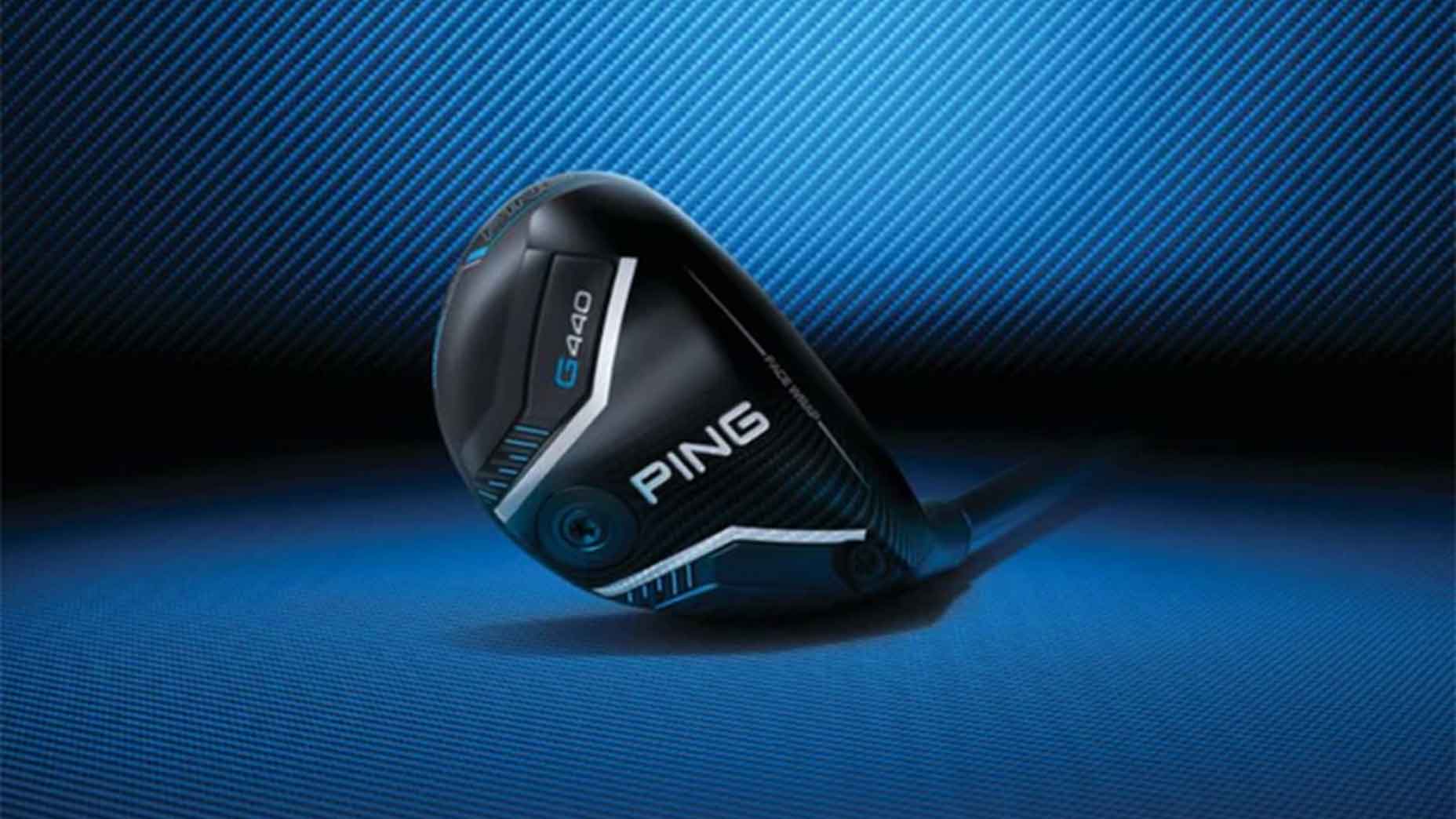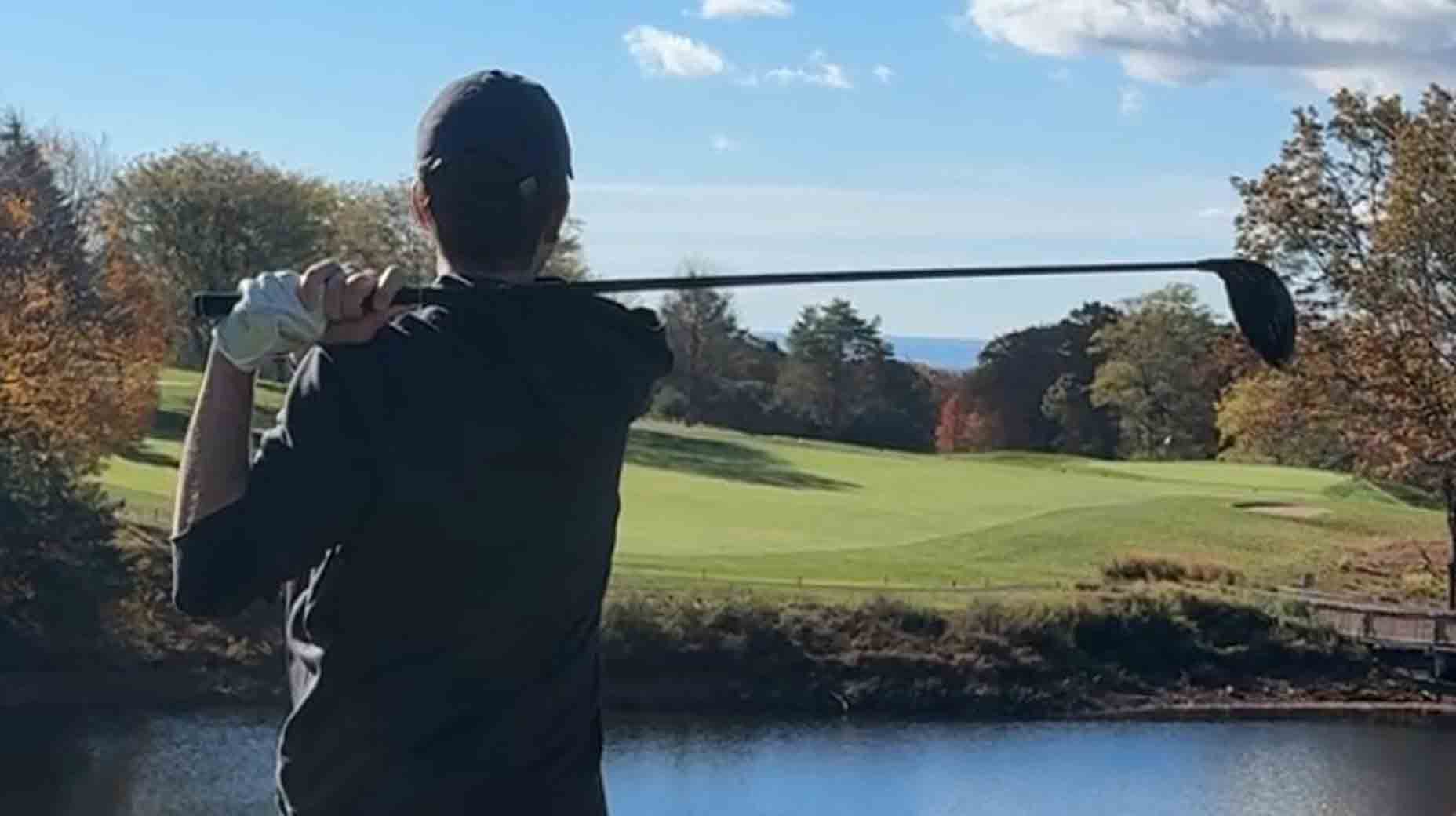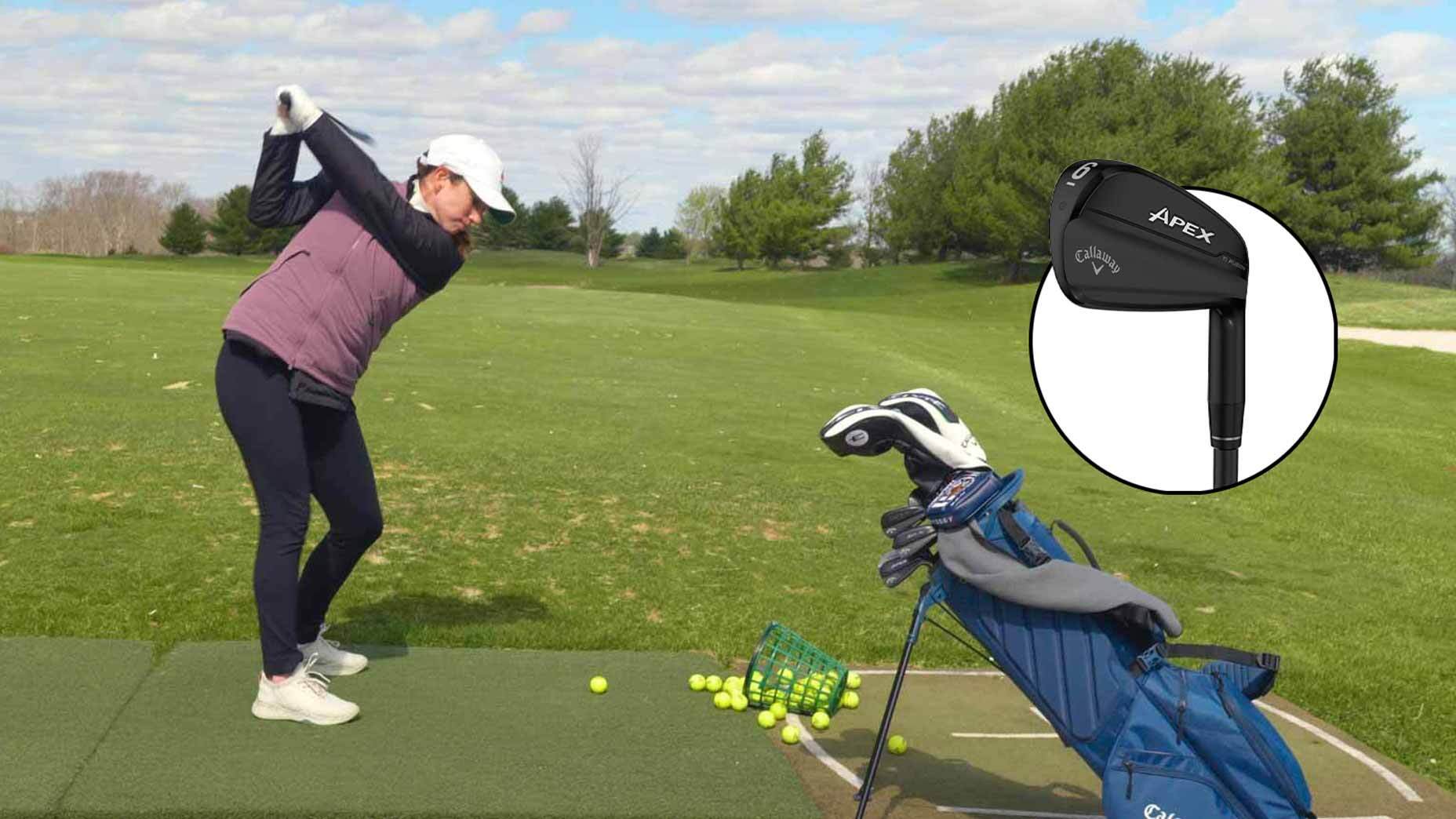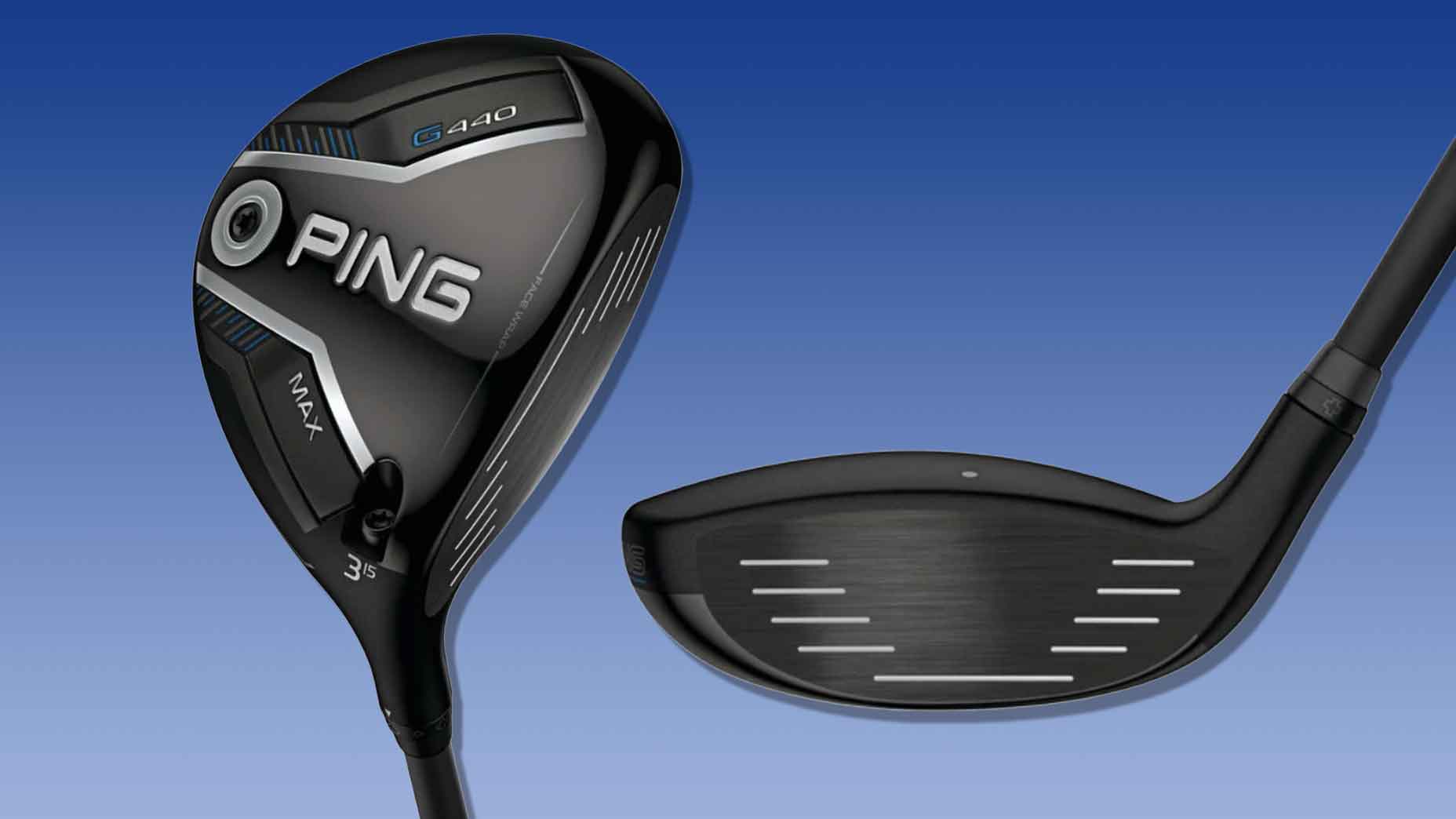Welcome to another edition of Yo, Gear Guy!, an interactive GOLF.com series in which our resident dimplehead (a.k.a., GOLF’s deputy editor of equipment, Mike Chwasky) fields your hard-hitting questions about clubs, fittings, gadgets, bounce, lofts, CG, MOI, and a bunch of other scary acronyms. Got a question for Gear Guy? Hit us up on Twitter or Facebook.
@mgkinnard on Instagram: Are one length clubs worth the investment for a high handicap golfer or are they just like a regular set in that there is no substitute for practice?
First off, one-length clubs really don’t require more of an “investment” than standard sticks (if purchased new), so that shouldn’t really be a significant consideration. In addition, one could make a fairly strong argument that a one-length set of irons and wedges (they’re really not one-length, but usually two for the set) is actually a better choice for higher handicap players who can truly benefit from simplifying their set up and swing. Accomplished players that are more skilled are better equipped to adjust to varying length clubs for each shot, and arguably have less to gain. If you’re interested I’d strongly recommend you give one-length irons a try, preferably at a qualified clubfitter who can help you determine if they’re a good match for your swing. And yes, unfortunately it’s true that there’s little substitute for practice, regardless of the impressive performance delivered by modern hi-tech clubs.
Bryan Curran on Facebook: Are there any specific old sets of clubs that are worth money? I find myself scouring through garage sales and flea markets often and stumbling across old clubs all the time. Starting to wonder if there’s any money to be made from a collectors standpoint…
If you’ve ever watched the show Pawn Stars you know that just because something is old doesn’t mean it holds significant value, and that definitely applies to the golf clubs you see in barrels at flea markets, garage sales, or your local golf retailer. Think about an old wooden tennis racquet or baseball bat — unless they’re game used or signed by Bjorn Borg or Babe Ruth, they’re basically just old/obsolete pieces of athletic equipment that you’d have a hard time donating to your local school or rec center. The only potential gems you might find out there, as far as I know, are nice milled putters (like Scotty Cameron models) that are still in good shape or maybe a really nice hand-made wooden driver (like a Wood Bros, for example). In other words, though you might find some cool old clubs that can still be used at your local swap meet, you’re highly unlikely to find anything that’s worth any money in the collectors market.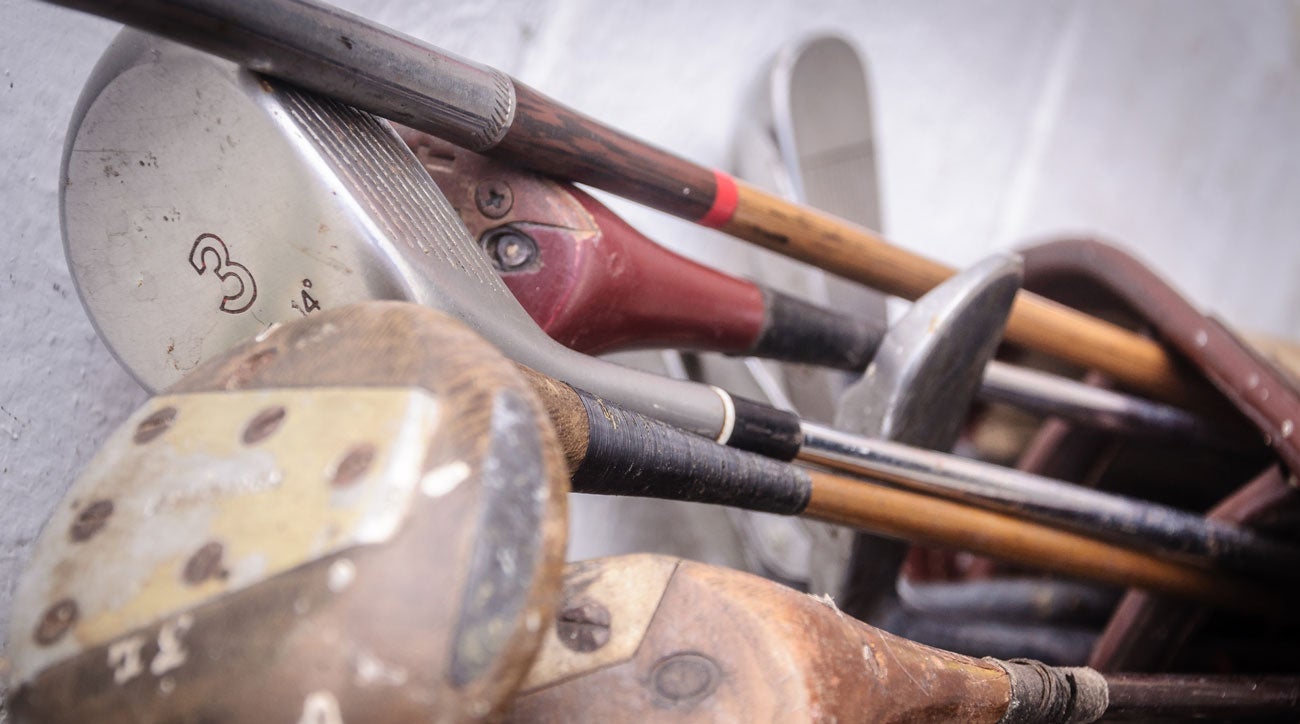
Josh Barley on Facebook: I’ve been playing the same putter for about 10 years now. Do they ever go “bad” to the point where I should be looking to upgrade the way I do my other clubs?
I assume by asking if putters “go bad,” you mean do they become obsolete the way older golf balls and clubs often do. The answer is “sort of,” depending on what type of putter you’re currently playing. Like all categories of golf equipment there have been tremendous advances in putter design and performance over the last decade, most notably in the high MOI mallet category. These larger putters, which are typically constructed with a combination of materials that locate more weight away from the clubface, are noticeably more forgiving on off-center hits and tend to produce a smoother roll for those who don’t possess a Ben Crenshaw-like stroke. Obviously there are numerous Tour players who use what are basically updated versions of a 30-year-old PING putter design, and for the best players in the world that’s fine. If you’re not in that category, experimenting with some modern high-MOI designs might be a good idea. If you’re not convinced, check out the putters played on Tour these days – while a lot of players still game basic heel-toe blades, more and more are taking advantage of advanced, higher performance mallet designs (see Henrik Stenson, Justin Thomas, Jason Day, Adam Scott, and Dustin Johnson, to name a few).
@J_Tonno on Twitter: How often should I be rotating a ball out of play? Is one full round with the same ball enough to retire it?
Modern golf balls are made with solid cores and highly durable covers and inner layers (depending on the model), which make them very well designed for long-term use. When wound, liquid-filled models were the norm, replacing them every few holes was often necessary because they both went out of round and got scuffed easily, but these days that’s rarely a concern. So unless you notice any damage to the ball you’ve been playing or a change in performance (loss of distance or unpredictable flight), I’d say you’re safe playing just about any modern golf ball until you lose it or it simply doesn’t look good any longer. I personally only change balls once a round normally, provided I don’t lose one, and I think you’re fine to do the same.
@Golfer_John on Instagram: Do Tour pros seek out club sponsorships from the brand they prefer to play or do they always simply go to the highest bidder?
At one time players may have felt they needed to stick with a company that made clubs they liked for fear of being forced to play sticks that were aimed at the masses or simply ones that didn’t fit their eye or other preferences. These days all the top companies manufacture a full line of clubs that include traditional blades as well as more game- and max game-improvement designs. Most also offer multiple driver and fairway wood models that include lower spin options in case they need it. Plus, manufacturers have all wised up to the fact that it’s better to have a guy with their name on his cap and/or bag playing well with the clubs he likes rather than poorly with clubs aimed at recreational players. So while many guys on Tour probably do have preferences regarding what brand of gear they like, pretty much all can and do sign with the highest bidder knowing that they can work with that manufacturer’s Tour staff and relatively quickly get a set sticks that work.

